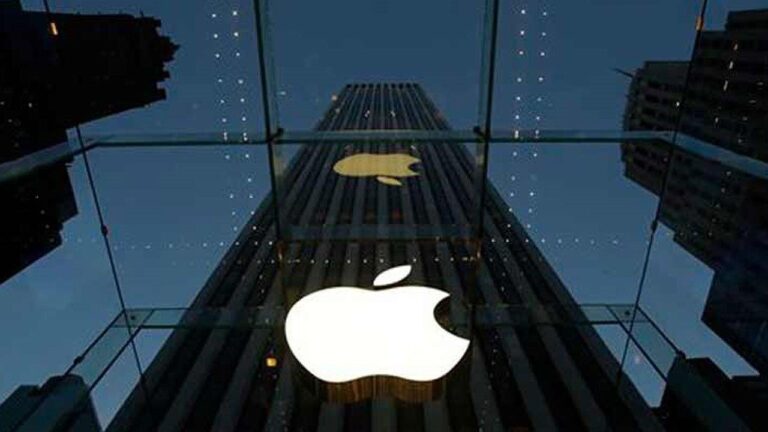- The arrival of the iPad Mini threatens to disrupt the mid to low end of the tablet market but its price premium is likely to ensure that its impact on tablets below $250 is minimal.
- The tablet market is essentially very similar to the smartphone market in that there is action at the two ends of the market and very little in the middle.
- Anyone trying to operate between these two ends is likely to really struggle to sell meaningful volumes, let alone make any money.
- At the top end of the market, there is Apple selling content at cost in order to make money on hardware and at the other there is Amazon selling hardware at cost in order to make money on content.
- Amazon’s offering is of interest to consumers as the devices that it sells are cheap making Android tablets accessible to a much wider range of consumers.
- This is why I believe that Amazon has seen moderate success with its tablets to date.
- Everyone else has had to labour with the problem of relevance.
- Why would anyone pay the same price for an Android tablet that has a greatly inferior content experience? They haven’t and I believe they will continue to shun these products.
- I am sure that the same if true at the other end of the market too where Android 10 inch tablets have struggled to make any real headway.
- Barnes and Noble’s tablets are cheap but the inferior content offering is likely to keep them a distant second to whatever Amazon offers.
- Fortunately for both of them, the iPad Mini has come in a price range that is significantly above what they both offer, meaning that their volumes are likely to be unaffected.
- The bottom end of the iPad Mini range is $329 some 65% above the Amazon Fire HD at $199 and the B&N Nook HD also at $199.
- Against these two the Google Nexus 7 and Samsung Galaxy Tab 2 have no chance as both are also at $199 but offer half the capacity at just 8GB.
- This is the problem of trying to make a margin against someone who is selling at cost.
- Neither the Nexus 7 nor the Tab 2 have any differentiated content offering, further reinforcing my view that these tablets are most likely to become expensive paperweights.
- In this segment, Amazon offers the best deal on hardware as well as the best content offering at that price point.
- As such, it is likely to dominate with the offer offerings not really having much of an impact.
- Consequently, the impact of the iPad Mini is most likely to be on those tablet makers that are trying to make money from 7 inch hardware in the mid-tier.
- Those that look especially exposed are the Google Nexus 7 16GB at $249, the Samsung Galaxy Tab (cellular, 8GB) at $329 and so on and so forth.
- The tablet market is unique in that it has become the fastest commoditising market that I have ever seen.
- Consequently, outside of Apple and potentially Amazon, it is likely to remain a bloodbath.
- Without content in this space, one has no chance and now the iPad mini has put the kibosh on those aiming to make a margin in the hardware of a 7 inch tablet.









Blog Comments
tatilsever
November 9, 2012 at 12:49 pm
Correction: Nexus 7 16GB is now sold for $199.
Nexus arguably has the better interface and it is more responsive compared to Kindle Fire. Amazon does not sell Kindle tablets outside US and EU, while Asus or Google sells Nexuses (Nexii?) all over the world, so in a global sense I don’t see how one can call Nexus irrelevant. As long as Amazon is absent in China, Japan, Korea or India, its competitors will never be irrelevant.
Google sells much of the same digital content, except tangible merchandise, but users can access Amazon’s website from any browser or through Android storefront app. Kindle Android app allows users access to Amazon’s ebooks, which is its biggest strength. Hence, Kindle Fire’s strength does not really lie in its “content offering”, but in the welcome page on Amazon’s website. Tons of customers in the mood to shop are getting exposed to a cheap tablet offer everyday. In contrast, Google used its search page to advertise Nexus tablets for only a brief period.
windsorr
November 9, 2012 at 2:04 pm
Its irrelevant because you can make anything available everywhere but it is still irrelevant if no one buys it!!.
tatilsever
November 9, 2012 at 9:56 pm
A million a month, weeks before Holiday shopping season picks up speed, it does not sound that bad… First gen Fire reportedly sold 5 million until the next gen was announced, most of it before Christmas. Do you think this gen Fire will sell at a far higher rate?
tatilsever
November 9, 2012 at 10:02 pm
I meant to say “a million a month for Nexus”.
windsorr
November 9, 2012 at 2:05 pm
thanks for the correction will double check
windsorr
November 9, 2012 at 2:08 pm
as far as I can see the price of the 16GB version has been cut to clear out inventory to be replaced witrh the 32GB at $249…
tatilsever
November 9, 2012 at 10:00 pm
I’d wager 16GB at $200 is here to stay, but I am not a good gambler. 🙂 Besides, 16GB is plenty for a tablet, unless it is from Microsoft with WinRT needing 16GB just for OS and built-in apps. 🙂